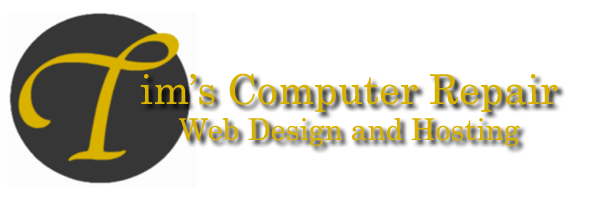Spyware and Malware has become a big problem on windows machines. Cleaning it up can take a long time and reinfection can happen almost as soon as you get your computer home. So prevention is the key. Here are some tips for preventing infection on your computer.
1. Avoid questionable sites and links. These are sites that are advertised in the first few results of a web search and links in emails that you don’t recognize. Or from people you don’t recognize.
2. Make sure your antivirus is up to date and working properly.
3. In Google Chrome there is an add in called Ad-Block. Install that and then go to tools/extentions click the filter lists tab and click to enable these lists. Antisocial, Easy Privacy, Fanboy Annoyances, and Malware protection. This will help block links to site that will infect your machine. If you don’t like ads also click the Adblock and Easylist checkmarks.
4. If you do have to install a program you download from the web make sure that you check each screen of the install process to see if it tells you it is adding some other software and if there is a choice to not install it, then that you take the check mark out of the box that gives it permission to install.
5. Make sure you have all the latest updates from Microsoft thru the windows update system.
6. Email. Don’t open attachments! If you get an attachment from any random person on the internet please delete it. You don’t want to open it. The only time you want to open an attachment is if you have asked someone to send you a file or files the you can open it. In any other case even if it is someone you know call or email and ask them what is this attachment or link you sent me and is it safe.
7. USB flash drives. If it isn’t yours and you don’t know where it came from avoid it.
8. Passwords Use strong passwords – unless a site limits you to a few characters make your password a short sentence by leaving out the spaces between words. Don’t reuse the same password across multiple sites.
9. Pirated software. There is a lot of “free” copies of software available on the internet and you may be tempted to use it. Please don’t much of it is infected so that you also install malware if you install the pirated version.
10. Turn on your firewall. Windows can be hacked into if it is setting open on the internet, at the very least turn on the windows firewall but better yet get a good router that has a firewall built in.
11. Limit user privileges. In the new versions of windows you can limit user privileges. Make sure your account isn’t set as an admininstrator account so that any time something wants to install you get a warning and get asked for the administrator password.

